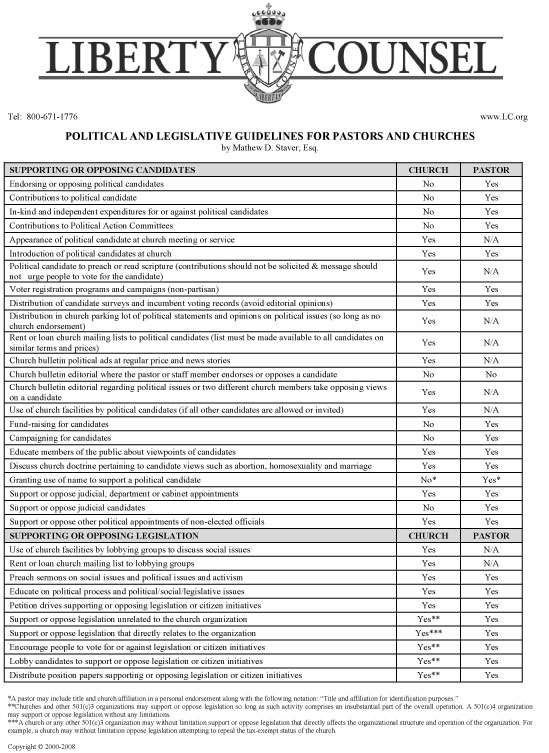By Julie Borg
(WNS)–Biologists’ increasing use of computer technology to store and analyze data has allowed researchers to begin decoding the human genome, create organisms with new functions, and make great headway in drug development and food safety. But sometimes our technological capabilities run ahead of our understanding of the dangers they pose.
In an article published by the online news source The Conversation, two Colorado State University researchers, Jean Peccoud and Jenna Gallegos, sounded the alarm that these new digitized capabilities also carry some pretty frightening security risks.
The threats, according to Peccoud and Gallegos, fall into two main categories: sabotaging equipment and creating dangerous biological materials.
In 2010, the malicious computer virus Stuxnet targeted computers and equipment run by the computers at a nuclear plant in Iran. A similar virus aimed at government laboratories that study infectious diseases or pharmaceutical companies producing life-saving drugs could wreak havoc, the researchers warned.
The danger that terrorists or others with ill intent could easily access genetic information online and use it to design or reconstruct deadly pathogens also poses an escalating risk. For example, in 2006, a journalist managed to order a fragment of smallpox DNA through the mail using online data available to the public.
In 2005, the Centers for Disease Control and Prevention used published DNA sequences to reconstruct the Spanish influenza virus of 1918 that killed an estimated 20 to 50 million people worldwide.
“It is time to start thinking about the security of digital DNA material now, not after a cyberbiosecurity breach has happened,” the researchers argued.








